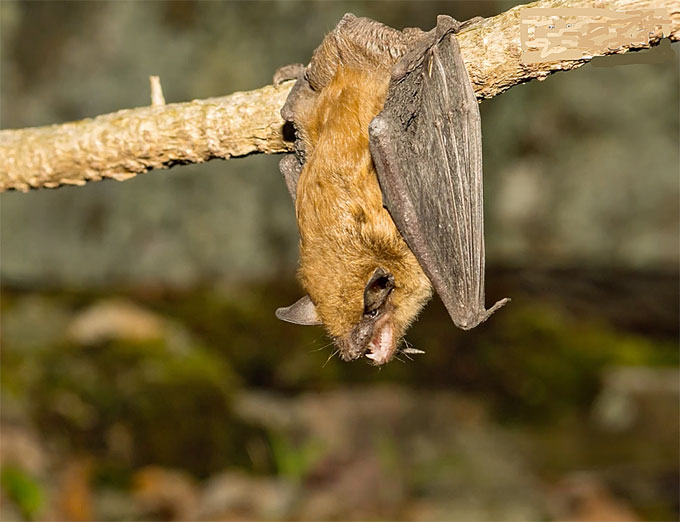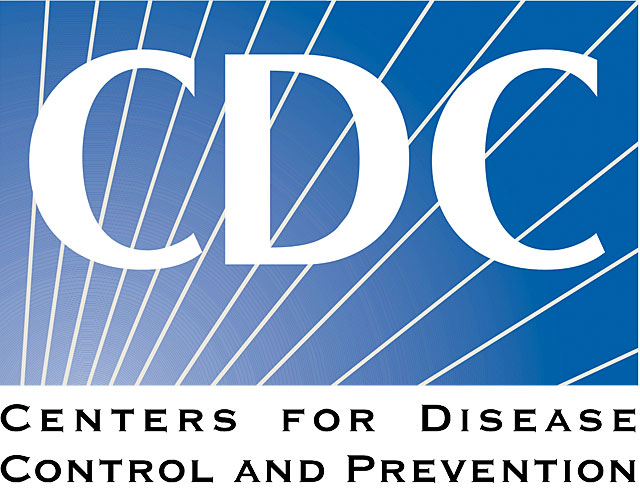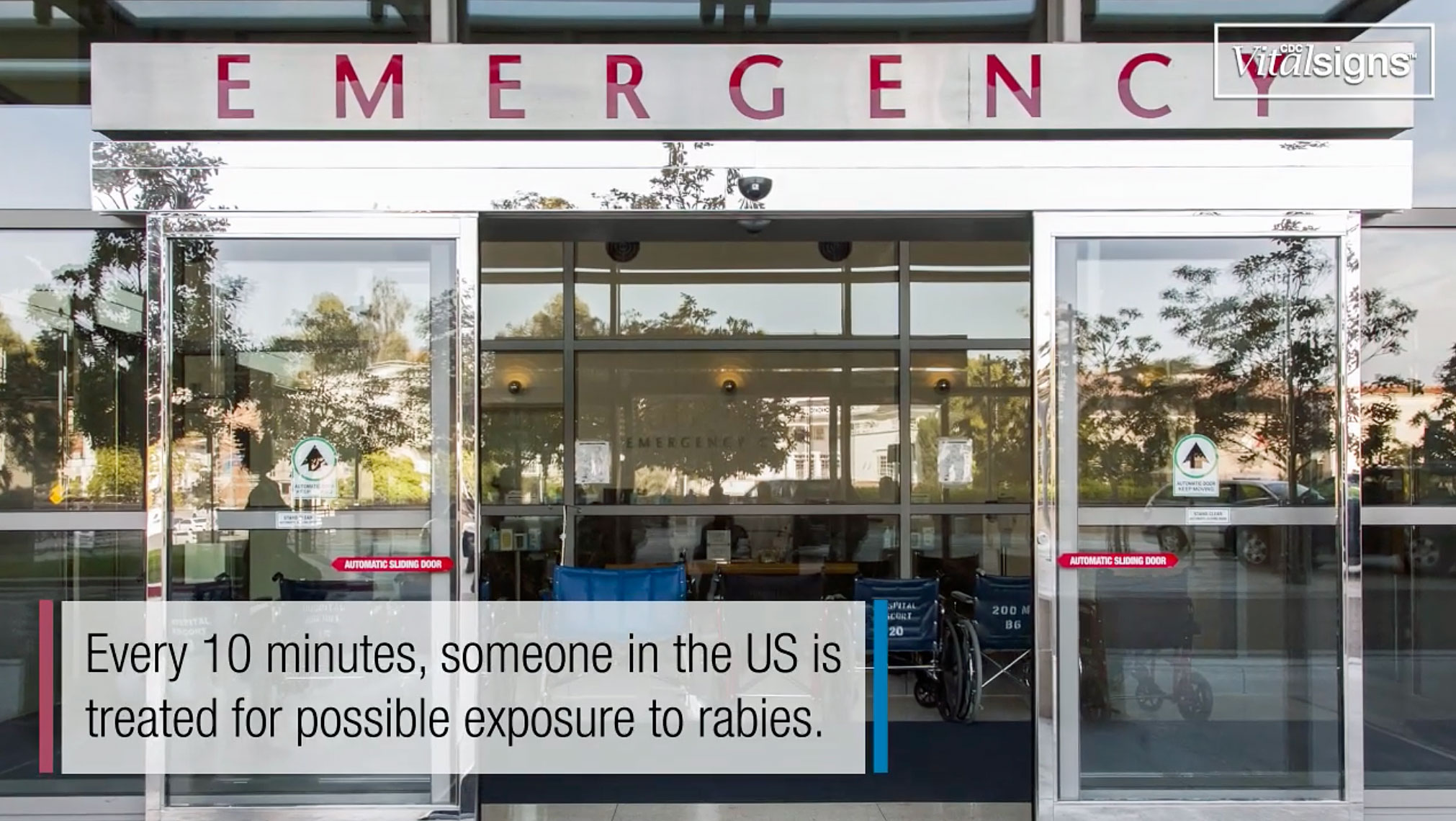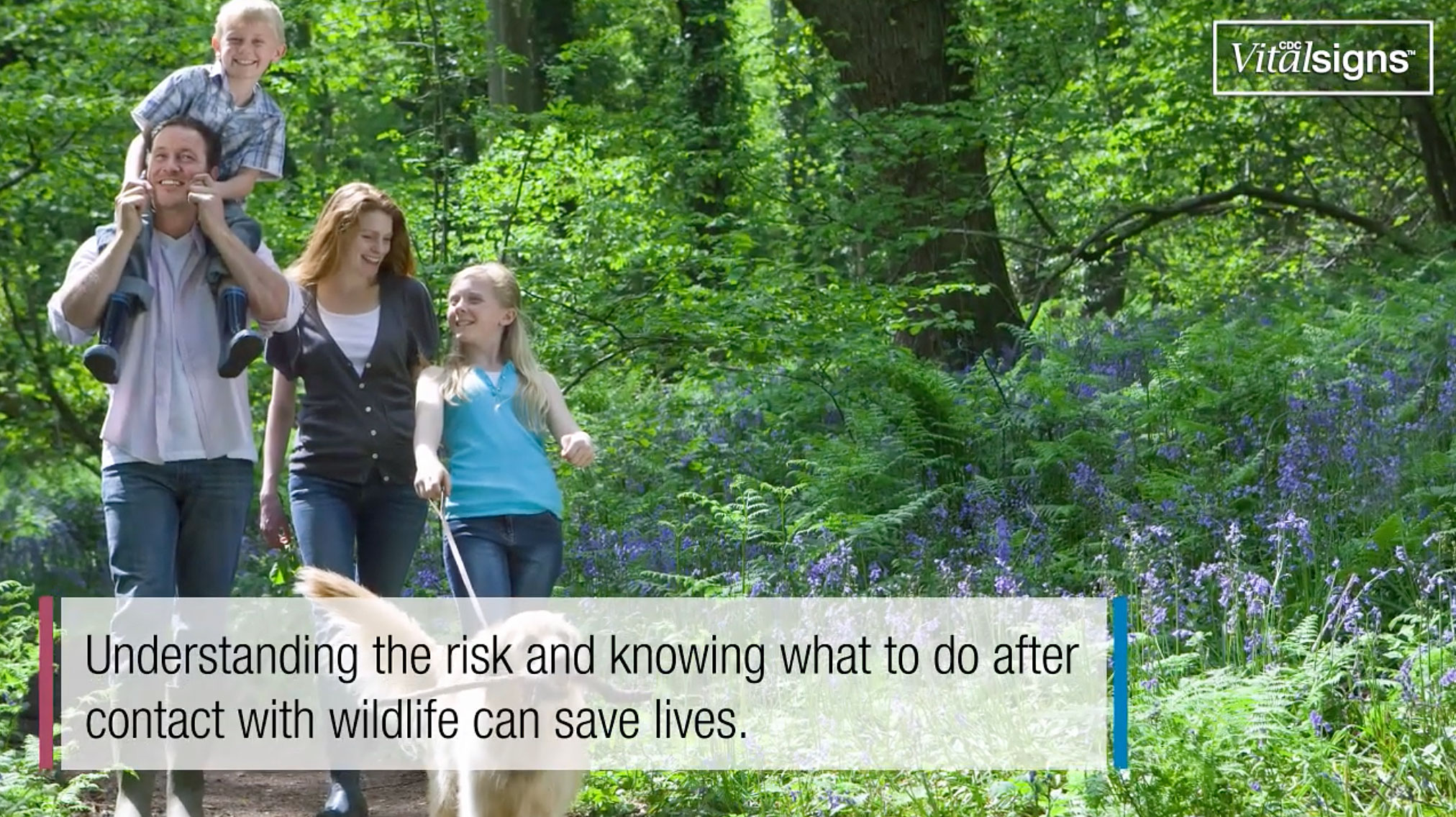
Bats are responsible for roughly 7 in 10 rabies deaths among people who are infected with the rabies virus in the United States, possibly because people may not know of the risk bats pose, according to the Vital Signs report released in June by the Centers for Disease Control and Prevention.
The large percentage of deaths tied to bats is particularly striking since bats account for just a third of the 5,000 rabid animals reported each year in the U.S. Rabid dogs that people encounter while traveling overseas are the second-leading cause of rabies cases in Americans.
The U.S. averages 1-3 human cases of rabies a year now, down from 30-50 cases per year in the 1940s.
This decrease is largely due to routine pet vaccination and availability of post-exposure prophylaxis (PEP), which combines rabies vaccine and rabies immune globulin to prevent infection after exposure to the virus.
(Rabies is a virus that infects wildlife, especially bats, raccoons, foxes, and skunks in the US. Courtesy of the Centers for Disease Control and Prevention (CDC) and YouTube. Posted on Jun 12, 2019.)
Each year, about 55,000 people in the U.S. seek PEP after a potential rabies exposure.
Rabies is nearly always fatal if people don’t get rabies PEP before symptoms start.
The U.S. rabies landscape has shifted dramatically during the past 81 years.
Before 1960, bites from rabid dogs caused most human rabies cases in the U.S. Mass pet-vaccination programs and leash laws enacted in the 1950s significantly reduced rabies in dogs.
As dog rabies declined, rabies in bats, raccoons, foxes, and skunks became more apparent.
These animals have remained the primary hosts of the virus in the U.S., although any mammal – including unvaccinated dogs and cats – can get rabies if bitten by another animal that is rabid.
Some animals that people may think spread rabies – like opossums and squirrels – rarely do.

“Reducing rabies in dogs is a remarkable achievement of the U.S. public health system, but with this deadly disease still present in thousands of wild animals, it’s important that Americans are aware of the risk,” said CDC Director Robert R. Redfield, M.D.
“Rabies is almost universally fatal, and preventable if people know what to do if bitten or scratched by an animal.”

Protecting against rabies
Staying away from wildlife, especially bats, is key to preventing rabies in people.
Bats carry rabies virus in every U.S. state except Hawaii, and can spread the virus year-round.

However, anecdotal case reports suggest that people may not be fully aware that bats pose a rabies risk – and so they may not seek life-saving rabies PEP if they are bitten or scratched by a bat.
If people wake up with a bat in the room, CDC recommends that they assume they may have been exposed to rabies and see a healthcare provider right away to determine if they need to receive PEP for rabies.

“Bats play a critical role in our ecosystem and it is important people know that most of the bats in the U.S. are not rabid,” said Emily Pieracci, D.V.M., a CDC veterinarian and lead author of the Vital Signs. “
The problem comes when people try to handle bats they think are healthy because you really can’t tell if an animal has rabies just by looking at it. The best advice is to avoid contact with bats – and other wildlife – to protect yourself from rabies.”
Travelers need to remain vigilant
Americans who travel internationally should research the rabies risk at their destination, especially the risk from dogs, which still carry rabies in many countries around the world.
Globally, rabid dogs cause about 98 percent of the 59,000 human deaths from rabies each year.
CDC recommends travelers avoid animals, have a plan to get care if they are scratched or bitten, and have travel health insurance to pay for treatment should they need it.
Some travelers may also want to consider pre-exposure vaccination depending on their specific travel plans. More information is available on CDC’s Travel Health website.
Imported dogs pose a risk as well.
CDC estimates more than 1 million dogs enter the U.S. annually, and 107,000 are imported from countries where rabies in dogs is common.
Since 2015, three rabid dogs are known to have been brought into the U.S., posing a risk to people and pets who came in contact with them.
Due to the robust U.S. public health surveillance system, these cases were rapidly identified and rabies didn’t spread.
Emergency efforts to respond to rabid imported dogs cost more than $200,000 per occurrence, but are necessary to prevent cases of rabies in people and potential reintroduction of the virus into the U.S. dog population.
To read the Vital Signs report, visit www.cdc.gov/vitalsigns, and to Learn More about rabies, please visit www.cdc.gov/rabies.
 The CDC works 24/7 protecting America’s health, safety and security. Whether disease start at home or abroad, are curable or preventable, chronic or acute, or from human activity or deliberate attack, CDC responds to America’s most pressing health threats.
The CDC works 24/7 protecting America’s health, safety and security. Whether disease start at home or abroad, are curable or preventable, chronic or acute, or from human activity or deliberate attack, CDC responds to America’s most pressing health threats.
The CDC is headquartered in Atlanta and has experts located throughout the United States and the world.


















